Lifting an SUV is more than just a cosmetic modification; it is a transformation that enhances the vehicle’s aesthetics and off-road performance. By installing a lift kit, you can give your SUV a more robust appearance and improved ground clearance, which can be particularly beneficial for off-road enthusiasts. However, as with any significant alteration to your vehicle, it is crucial to approach this task responsibly and safely. Read on to learn the key dos and don’ts of lifting an SUV.
Do Get Professional Assistance When Needed
When lifting your SUV, there is no shame in seeking professional help if the task feels overwhelming or exceeds your mechanical skill level. Experienced professionals can offer valuable assistance at every stage of the process, from the initial selection and purchasing of a lift kit to its installation and subsequent testing. Their expertise ensures that the modifications made to your SUV are aesthetically pleasing, safe, and reliable.
Don’t Skimp Out on Research
Before you embark on the journey of lifting your SUV, a thorough research phase is absolutely essential. First, you need to identify the correct lift kit and suspension parts for your specific vehicle. While some lift kits are versatile and suitable for a variety of car models, others only suit certain brands. Therefore, understanding the compatibility between your SUV and the available lift kits is paramount.
In addition to this, you should also familiarize yourself with the local laws regarding vehicle modifications. Depending on where you live, there may be restrictions on how much you can lift your SUV. Overlifting poses a hazard to you and other road users, but it could also result in legal repercussions. Lastly, it’s crucial to understand how these modifications might affect your vehicle’s warranty.
Do Check Your Vehicle’s Alignment
The installation of lift kits primarily alters a vehicle’s suspension, affecting the entire dynamics of the car. This alteration necessitates a thorough check of your vehicle’s alignment. The alignment test ensures that your camber, suspension, and other vital dynamics are properly set.
This step is crucial for maintaining optimal handling and preventing unnecessary wear on your tires. It also helps ensure that your vehicle continues to operate safely, even after significant modifications. After installing a lift kit, make sure you schedule an alignment check with a professional to confirm that everything is in order.
Don’t Use Low-Quality Parts
When shopping for lift kits and other modification parts, it is essential to prioritize quality and find a reputable parts distributor. Using low-quality parts can lead to numerous problems, from poor performance to safety risks. When identifying a quality parts distributor, consider factors such as their reputation in the market, customer reviews, and the brands they carry or manufacturing services they offer.
A quality distributor will often offer parts from well-known and respected manufacturers. Alternatively, they may offer in-house manufactured components of high quality. Remember, investing in high-quality parts is not just about enhancing your SUV’s aesthetics and performance—it’s about ensuring its longevity and safety.
Understanding the key dos and don’ts of lifting an SUV is crucial for anyone considering this type of vehicle modification. From seeking professional assistance when necessary to checking your vehicle’s alignment post-installation and investing in high-quality parts, each step plays a critical role in ensuring a successful and safe modification.





